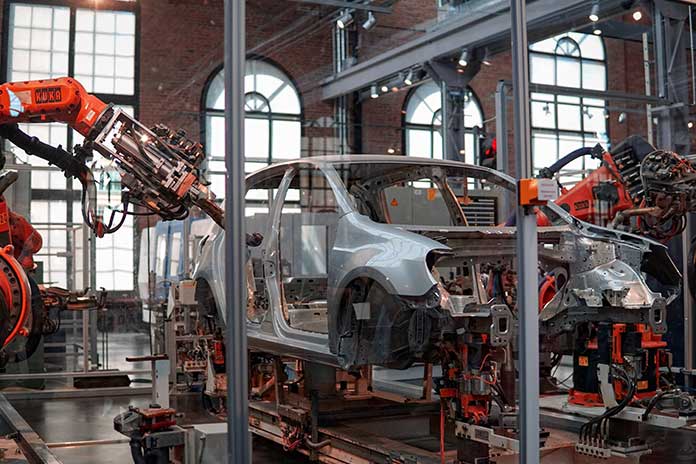The current situation in the automotive world is going through one of the most exciting moments of the last ten years.
It is exciting for several reasons. On the international side, we have been accumulating several years of economic growth, which is also reflected directly and indirectly in employment. These growths radiate in the same way, regionally, to Spain.
Being the 8th largest producer globally, Spain is one of the leading players in the automotive world. There are already several years exceeding growth figures above the GDP itself. Even though this growth was cut short in 2019, it will be “flat” in 2020, according to all forecasts.
However, the exciting thing about the case does not come from the figures and magnitudes but the less tangible part. Therefore, it is worth trying to analyse it. Especially since it is a sector in which the quantitative is usually more concerned than the qualitative.
Table of Contents
Analysis Of Non-Tangible Aspects In Automotive
We live in a volatile, uncertain, changing and ambiguous context. Come on, what the English called after the Second World War as VUCA ( volatile, uncertain, complex and ambiguous ).
Volatility
In the Automotive context, volatility means that the models produced in our factories are designed to be successful for years to come. However, this sensation lasts only a few months for the final consumer. We had an excellent example in the triumphant minivan models years ago and their drop in demand in pursuit of the SUVs so fashionable today.
The speed of these changes may seem invisible to our consumers eyes, but it requires flexibility from the factory unheard of years ago.
Uncertainty
It corresponds to the lack of predictability of consumer behaviour and the introduction of “black swans” that may appear along the way. Let us think for a moment about how the new emissions regulations have transcendentally increased the consumption mix of hybrid and electric vehicles compared to combustion vehicles (even in countries or regions where the infrastructures are not yet designed for it).
Complexity
Undoubtedly inherent in the automotive industry, in terms of schedules that change for months (if not weeks), and technology, which advances for years.
Ambiguity
In the sense of a world whose rules are constantly changing. For example, on the business side, with changes in sales channels.
New Skills Required Of Professionals In The Sector
This VUCA environment, in a world in which the speed of change is measured in days, makes us rethink the type of skills that Automotive teams need. Our employees will require new skills and behaviours to face the times ahead.
One of the primary skills, especially for Adecco and transversal to any employee profile of the future in the Automotive Industry, will be curiosity.
Curiosity is defined with three associated behaviours for this area, such as
- Inquire and deepen beyond routine information.
- Go to less common channels, sources or agents to search for information.
- Create information search and registration systems.
Additionally, motivation and energy and adaptation to change will be the other two most required skills in this industry.
The competence of motivation and energy is focused on maintaining performance, giving the best of oneself, despite uncertainty and frustration. And at the same time, learning and motivating elements from each situation.
Finally, within this outlined VUCA environment, adaptation to change also seems crucial to us. It refers to behaviours associated with adapting to different environments and people, flexibility in the face of other approaches and the facility to stimulate the diversity of backgrounds and people.
Also Read: The 4 Best Automotive Technologies Of 2021


